Regulatory Compliance
Regulatory compliance plays a pivotal role in shaping the Carbon Monoxide Alarm Market. Governments worldwide are implementing stringent regulations mandating the installation of carbon monoxide alarms in residential and commercial properties. For example, legislation in various regions requires that all new homes be equipped with CO alarms, significantly boosting market demand. This regulatory push is expected to contribute to a market growth rate of around 6% annually. Compliance with these regulations not only ensures safety but also enhances the credibility of manufacturers, thereby fostering a competitive market environment.
Technological Innovations
The Carbon Monoxide Alarm Market is experiencing a surge in technological innovations that enhance the functionality and reliability of alarms. Advanced sensors and smart technology integration allow for real-time monitoring and alerts, which are crucial for safety. For instance, the incorporation of IoT capabilities enables alarms to connect with smartphones, providing users with immediate notifications. This trend is reflected in the market data, which indicates a projected growth rate of approximately 7% annually over the next five years. Such advancements not only improve user experience but also drive demand, as consumers increasingly seek sophisticated safety solutions.
Expansion of Distribution Channels
The expansion of distribution channels is a notable driver in the Carbon Monoxide Alarm Market. Retailers are increasingly offering a diverse range of carbon monoxide alarms through both physical stores and online platforms. This accessibility allows consumers to easily compare products and make informed purchasing decisions. Market data indicates that e-commerce sales of carbon monoxide alarms are expected to grow by 10% annually, reflecting a shift in consumer shopping behavior. The proliferation of distribution channels not only enhances market reach but also fosters competition among manufacturers, ultimately benefiting consumers.
Consumer Education and Awareness Campaigns
Consumer education and awareness campaigns are significantly influencing the Carbon Monoxide Alarm Market. Various organizations and government bodies are actively promoting the importance of carbon monoxide alarms through public service announcements and educational programs. These initiatives aim to inform the public about the dangers of CO and the necessity of having functional alarms in their homes. As awareness increases, so does the demand for reliable carbon monoxide alarms, potentially leading to a market growth rate of 5% annually. This trend underscores the importance of informed consumers in driving market dynamics.
Rising Incidence of Carbon Monoxide Poisoning
The rising incidence of carbon monoxide poisoning incidents is a critical driver for the Carbon Monoxide Alarm Market. Reports indicate that thousands of individuals are affected by CO poisoning each year, leading to increased public awareness and demand for safety measures. This alarming trend has prompted both consumers and regulatory bodies to prioritize the installation of carbon monoxide alarms in homes and workplaces. Market data suggests that this heightened awareness could lead to a growth rate of approximately 8% in the coming years, as more individuals recognize the importance of preventive measures against CO exposure.



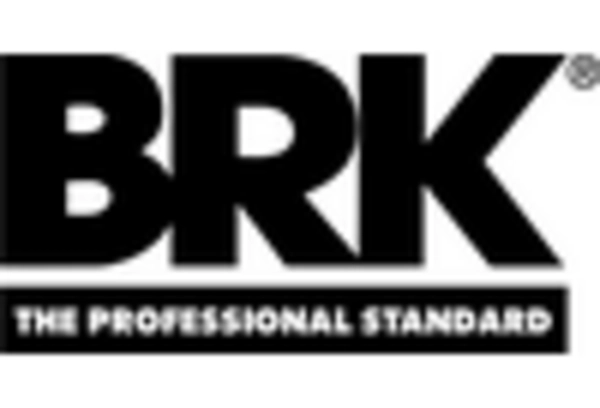
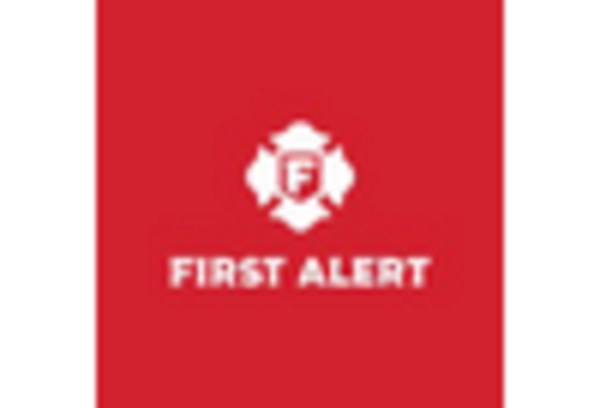

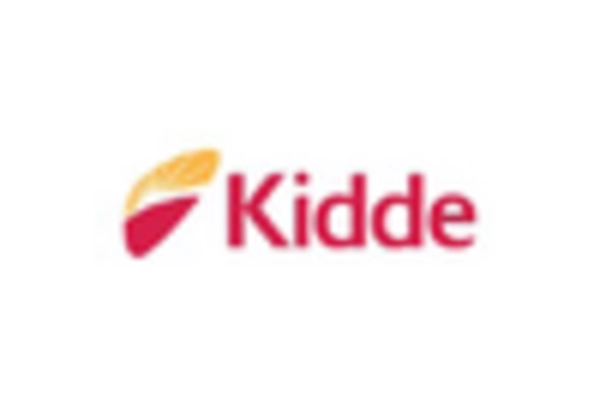
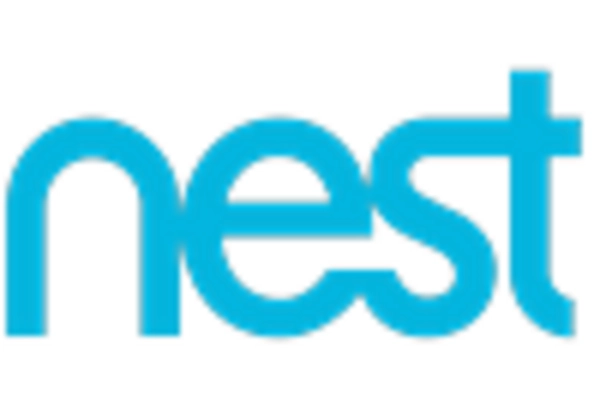
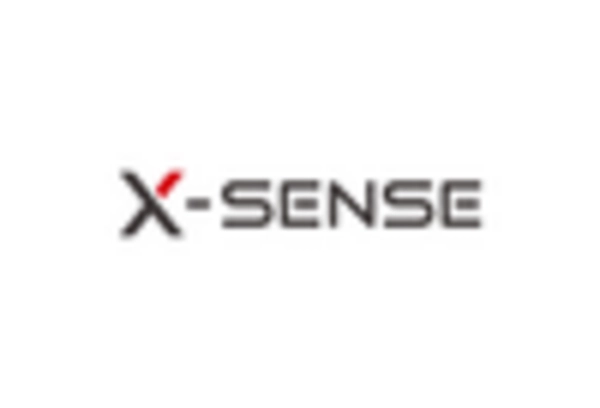








Leave a Comment